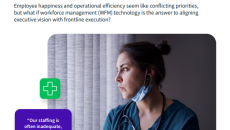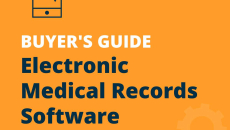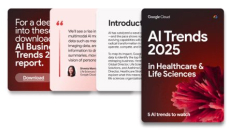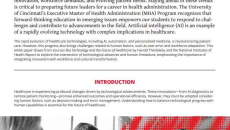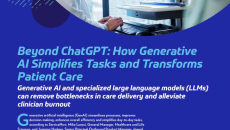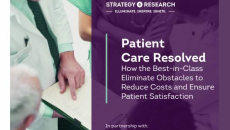White Papers
Despite the widespread availability of workforce management technology, many healthcare institutions continue to rely heavily on manual processes for critical tasks like scheduling, time tracking, and labor analytics. This persistence of manual methods occurs even as organizations report high adoption rates of AI and automation.
Discover how these cutting-edge technologies are not only streamlining operations but also making healthcare more personal and humane.
Choosing the right EMR software for your business involves identifying the right features, understanding benefits, assessing software pricing, and evaluating considerations before making the final purchase.
There’s no easy way to manually keep up with changes in eligibility and coverage. With the right tools, your team can handle eligibility verification for all payers with ease using just one user-friendly interface.
According to the Annals of Family Medicine, physicians spend an average of 90 minutes daily of “pajama time” (after hours and at home) working on documentation to satisfy insurance and compliance requirements.
How will healthcare and life sciences organizations benefit most from AI in 2025? Are we getting closer to the vision of truly personalized medicine? Find out in this new trend report from Google Cloud.
Healthcare is undergoing transformative changes driven by digital innovation, shifting workforce demands and patient needs, meaning that providers must continuously evolve their practices to keep up.
Discover how global enterprises are already seeing significant gains in productivity, ROI, and more–and use the insights as a benchmark for your own gen AI journey.
According to research by the American Hospital Association, growing after-hours workloads and administrative tasks are leading contributors to clinician burnout.
Healthcare organizations (HCOs) continue to face challenges in hiring and staffing retention, compounded by patients’ shifting expectations. Best-in-Class HCOs with “next-gen” patient care programs that deliver excellent clinical results and patient experiences through deploying artificial intelligence (AI) and automation are seeing significant performance success.
